
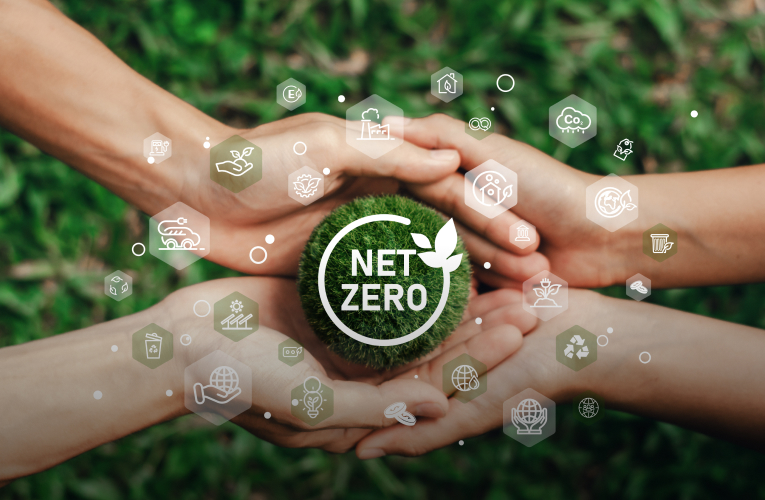
-
-
- 메일 공유
-
https://dev.stories.amorepacific.com/en/from-a-new-perspective-carbon-is-the-new-calorie
From a new perspective; Carbon is the new Calorie

Columnist | Introducing the columns written by member of Amorepacific Group
Part.2 From a new perspective; Carbon is the new Calorie

Amorepaicfic Restore Business Team
There is a phrase that goes “Carbon = Calories.” This rather enigmatic equation was coined by the well-known company Logitech. Many health-aware people check the calorie content of their food prior to consumption. Aren't you curious to know what would happen if ‘carbon,’ the indicator of the Earth's health, was displayed on the packaging of every product?
Today, we are going to look at the ‘Environment’ component of ESG.
 ▲Source : POSCO website
▲Source : POSCO website
# Global warming, climate crisis, and carbon neutrality
According to the IPCC , a body of climate experts within the United Nations, the global average temperature has risen by approximately 1.1°C since 1850. As a result, we are witnessing extreme and abnormal climate phenomena. The 2021 Climate Report used strong language, stating that “it is ‘indisputable’ that human influence has warmed the atmosphere, ocean, and land.” It has come to a point where we can no longer ignore the responsibility of the individual and businesses in addressing the climate crisis.
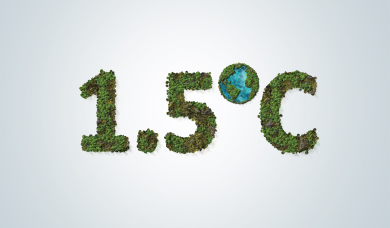 ▲Source : shutterstock
▲Source : shutterstock
 ▲Source : shutterstock
▲Source : shutterstock
 ▲Source : shutterstock
▲Source : shutterstock
 ▲Source : shutterstock
▲Source : shutterstock
The first example is creative fonts. Designed by Helsingin Sanomat, the largest newspaper company in Northern Europe, the below font depicts melting glaciers, representing the urgency of the climate crisis. The purpose of this font is to allow people to intuitively grasp the severity of the climate crisis.
 ▲Source : helsingin-sanomat
▲Source : helsingin-sanomat
Now, let's take a look at the equation mentioned in the intro. This equation, first introduced in Logitech's FY22 Impact Report, is not just an abstract concept but rather a declaration and a commitment. In 2020, Logitech announced its “Carbon Labeling” initiative and promised to implement it on all their products. The company became the first consumer electronics company to put “Carbon Labels” on its products. In addition, in 2021, Logitech achieved carbon neutrality for all their products.
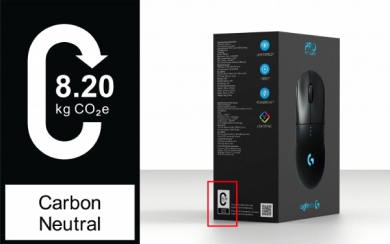 ▲Source : logitech
▲Source : logitech
 ▲Source : logitech
▲Source : logitech
* The “C” shape on the Logitech mouse box represents Carbon. In the center is a value that represents the greenhouse gas emissions converted into carbon dioxide emissions. This indicates that the product is a carbon-neutral product.
The American outdoor brand Patagonia is frequently mentioned among exemplary cases of environment-conscious management. The brand is famous for its “Don't Buy This Jacket” campaign from 10 years ago. The campaign, which was launched in an attempt to discourage consumption on Black Friday, acknowledged the fact that even products manufactured with environmentally friendly means can still contribute to carbon emission.
“We hope that people think deeply and consume less, whether it is a jacket or something else.”
 ▲Source : patagonia
▲Source : patagonia
Microsoft announced an initiative to go beyond carbon neutrality and become “Carbon Negative.” The company made this announcement in 2020, along with its commitment to be a Water Positive and Zero Waste company, taking a leading role in protecting the ecosystem.
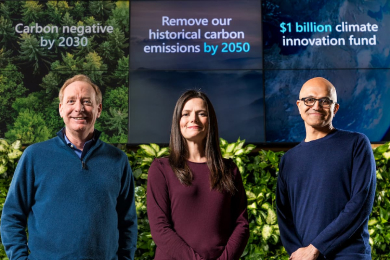 ▲Source : microsoft
▲Source : microsoft
 ▲Source : microsoft
▲Source : microsoft
Microsoft already achieved carbon neutrality in 2012. In order to go beyond just offsetting emissions and actively removing more carbon than it emits, the company has implemented an internal carbon fee, which holds departments accountable for exceeding their allocated carbon emissions and imposes a financial responsibility. Additionally, Microsoft has established a $1 billion Climate Innovation Fund over a four-year period to accelerate carbon reduction initiatives.
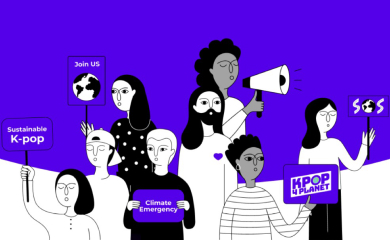 ▲Source : kpop4planet
▲Source : kpop4planet
 ▲Source : kpop4planet
▲Source : kpop4planet
Moreover, fans are urging Korean music streaming platforms to make changes, pointing out that streaming music for one hour generates the equivalent of using 40 plastic straws and comparing them to global giants such as Apple Music, which achieved RE100 in 2018, and Spotify, which releases annual climate action reports disclosing the company's greenhouse gas emissions and roadmap.
Environmental management practices vary greatly among companies in terms of types and approaches. If you feel that all of this is just an obligation of companies and not directly relevant to you, I would like to draw your attention to the concept of ‘Scope 3.’
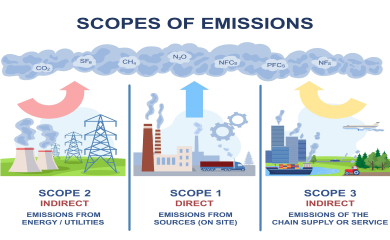 ▲Source : shutterstock
▲Source : shutterstock
 ▲Source : shutterstock
▲Source : shutterstock
There is a growing demand for Scope 3 disclosure in the international community, and Amorepacific's commitment towards carbon neutrality also involves Scope 3 emissions. It is crucial for all of us to remember that our work and actions are closely linked to our company's carbon neutrality goals and the climate crisis.
The next column will cover the social management component of ESG. See you then. Thank you.
1
The Intergovernmental Panel on Climate Change (IPCC) is an intergovernmental body established jointly by the World Meteorological Organization (WMO) and the United Nations Environment Programme (UNEP) in 1988. Its purpose is to assess global
risks related to climate change and to develop strategies to address them at the global level.
2
“Net zero” and “carbon neutrality” are virtually the same thing. According to the Framework Act on Carbon Neutrality (a law that regulates legal procedures and policy measures to achieve carbon neutrality by 2050) that came into effect this
year, both net zero and carbon neutrality are defined as offsetting all six greenhouse gases.
3
The full body of the FY22 Impact Report : https://www.logitech.com/ko-kr/sustainability/reports-and-resources.html
-
Like
0 -
Recommend
0 -
Thumbs up
1 -
Supporting
0 -
Want follow-up article
0
Array ( )





